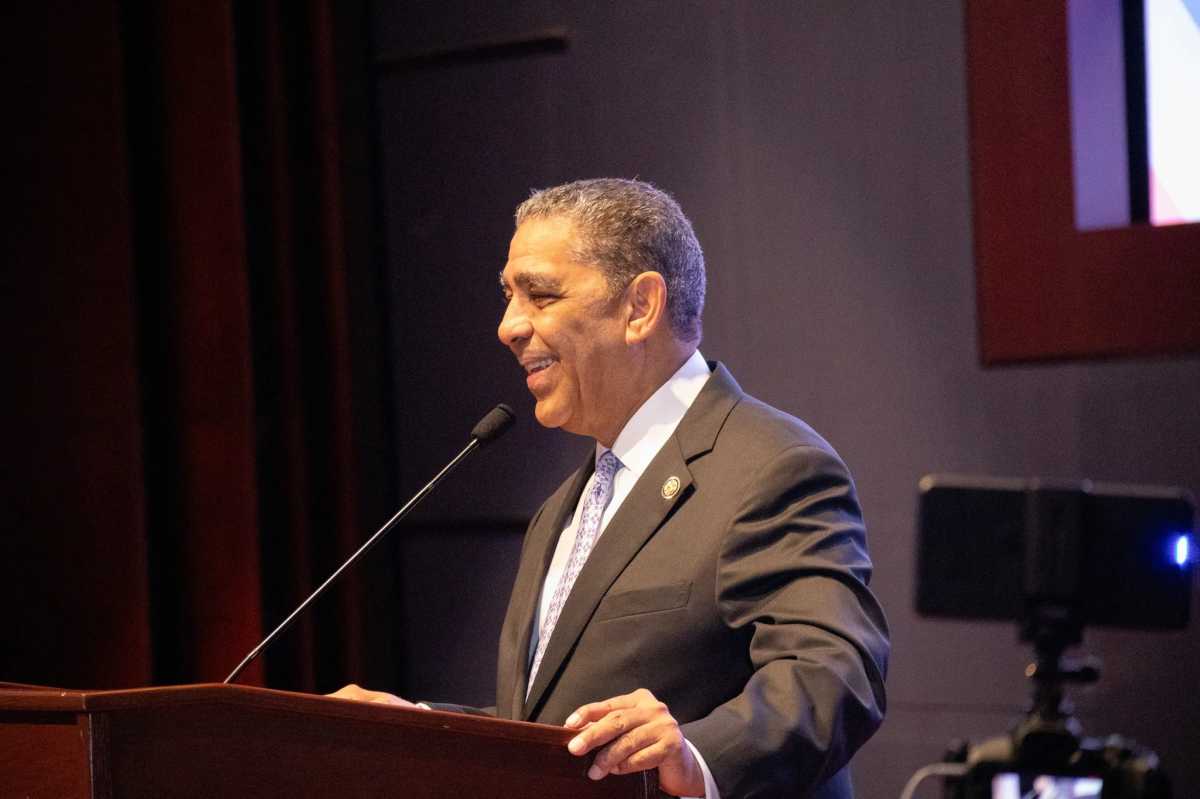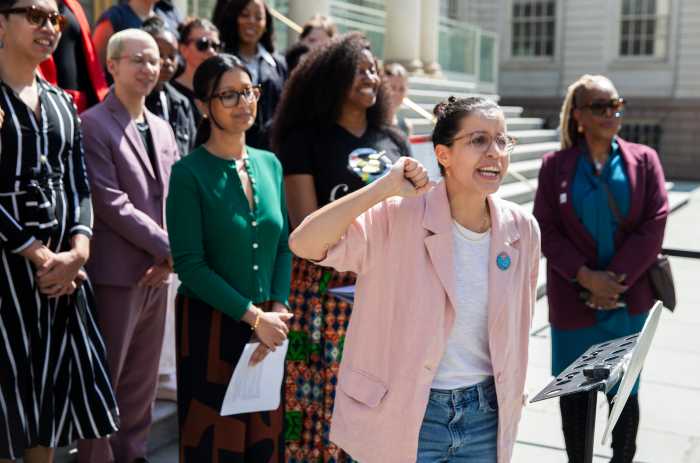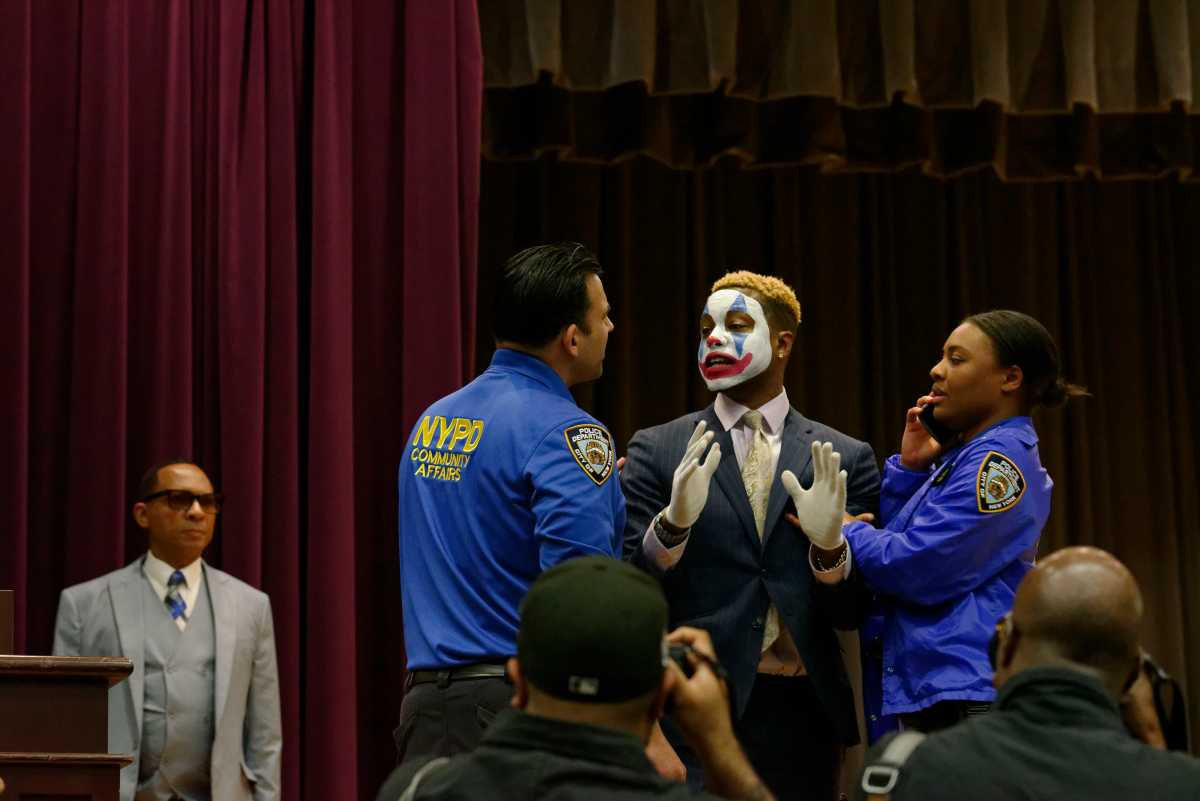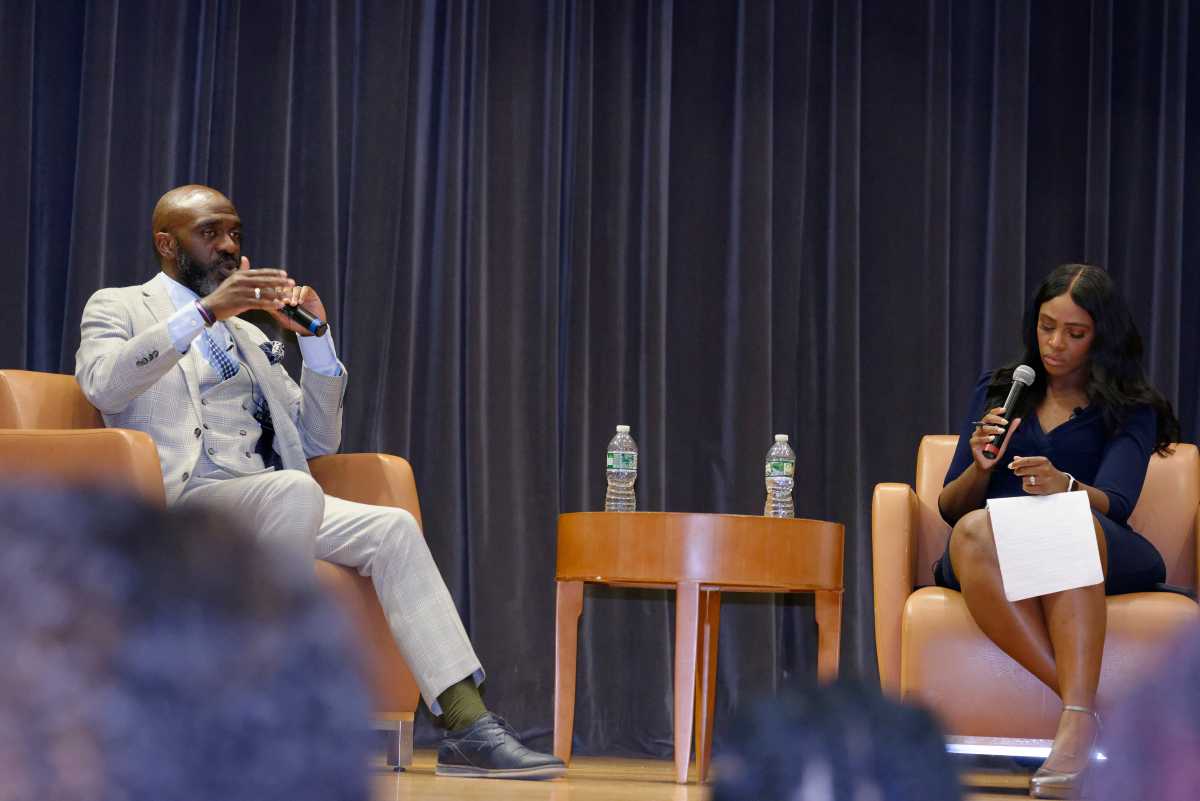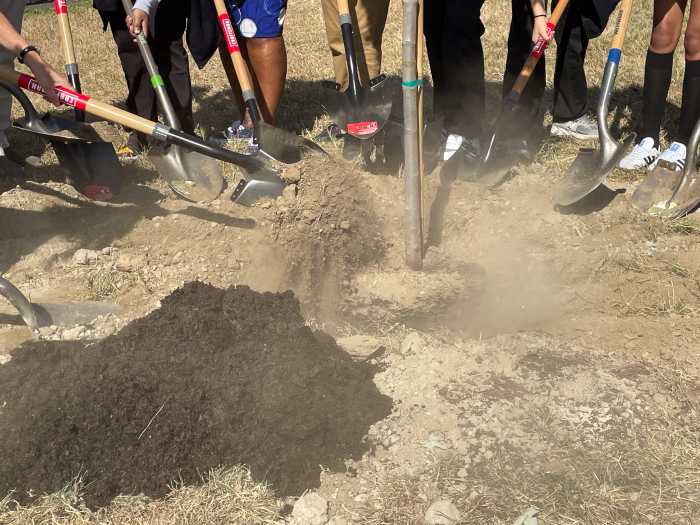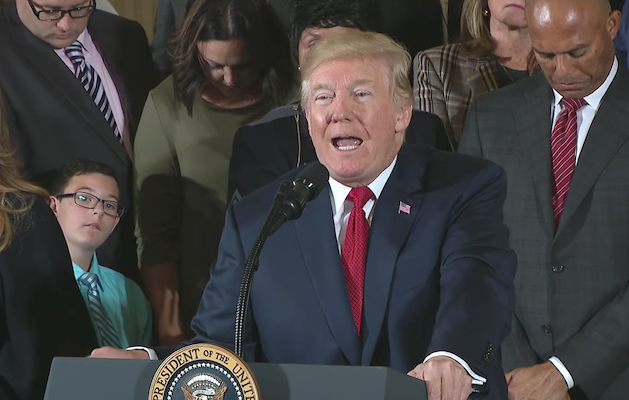
BY NATHAN RILEY | Donald Trump’s declaration of a public health emergency to end the epidemic of opioid overdose deaths wraps itself in virtue, but avoids the burning question about the nation’s drug policy: What works?
During the 1990s, Switzerland and Portugal were among the nations that experienced the growth in opioid use seen here in the US as well. In those two nations, however, the response was radically different than in the US.
Switzerland and Portugal asked public health officials to solve the problem and minimized law enforcement activity in response. As a result, there, drug use seldom involves criminal sanctions and services are provided by health and social workers comfortable in working with drug users. The Swiss offered medically-assisted therapy with methadone, and for a smaller group of users medical heroin itself. Programs were geared toward aiding drug users in managing their habit. There were never grand declarations to “end” drug use.
The Swiss program — designed by doctors in tandem with users — conflicts with basic American attitudes toward drug use. A cardinal principle is that the user picks their dose. Overdose levels, of course, bring intervention, but the program design is clear that the user must determine their comfort level. After 20 years without a major backlash, heroin users, over the long run, tend to abandon their habit. And, crucially in the context of the link between drug use and other criminal behavior, most live without relying on illegal activity to pay for their habit.
Drug users have easy access to medically-assisted treatment. Those users permitted access to medical heroin in Switzerland must stop over a three-to-10-year period. The number of Swiss narcotics-related deaths in 1995 was 376; by 2012, it had fallen two-thirds to 121.
These nations have housing and psychological services available to all, one of the key demands of drug reformers. The presidential commission appointed by Trump and headed by New Jersey Governor Chris Christie endorsed that idea, but there is no money in Medicaid for these services.
Donald Trump had two ways to go — finding more money for health services or making bold but empty promises. If he had declared a “national emergency” — as he initially pledged — it would have created claims on a $53 billion federal fund. For the “public health emergency” he declared last week, there is currently $57,000 in the kitty. Hence the Times’ headline: “Trump Declares Opioid Crisis a ‘Health Emergency’ but Requests No Funds.”
A swift warning came from Gay Men’s Health Crisis about the “potential efforts under the Public Health Emergency Declaration to redirect funding from HIV/ AIDS programs.” The Daily News also voiced suspicion that money would be siphoned from AIDS/ HIV services.
But the biggest howl of fury came from the new executive director of the Drug Policy Alliance, who blasted the president’s speech saying it showed “a profound and reckless disregard for the realities about drugs and drug use.” Maria McFarland Sánchez-Moreno, a human rights activist who replaced Ethan Nadelmann, challenged Trump, poopooing his recommendation that drug prevention programs revive the “just say no” evangelizing of Nancy Reagan and his faith that public service announcements would “prevent” drug use.
“He made a big deal” about taking a pharmaceutical opioid off the market, she scoffed, noting that such a strategy is years out of date. “The opioids involved in overdoses are mostly coming from the illicit market” today, McFarland Sánchez-Moreno said. Drug users have gone from the gray market to a wholly criminal underground market of drugs laced with fentanyl — a transformation that is a damning indictment of the prohibition and the criminalizing of drug use. Drug deaths have been rising for years. Last year, there were 64,000 overdose deaths — roughly equal to all Americans killed in the Vietnam, Iraq, and Afghanistan conflicts combined.
Trump also showed his ignorance about how drugs enter the US, when he spoke lovingly of how his Mexican border wall would halt the inflow. McFarland Sánchez-Moreno was unconvinced; the illicit drug trade, she said, “always” finds ways to “get around the walls and barriers the US has put up to block it,” with many drugs smuggled inside freight containers as part of our heavy border commercial traffic with Mexico.
Pointing his finger at immigrants, she added, has a sinister motivation. Trump blames “immigrants for bringing drugs across the border, ignoring that immigrants are overwhelmingly more law-abiding than US citizens,” McFarland Sánchez-Moreno said. The entire presidential declaration, she said, provided yet another excuse for “talking about criminal justice answers to a public health problem, even though the war on drugs is itself a major factor contributing to the overdose crisis.” Trump is still trying to use a hammer to smash the drug problem, with immigrants hit with a special ferocity.
The president’s plan, McFarland Sánchez-Moreno charged, will spread pain and misery, “condemning even more people to death, imprisonment, and deportation in the name of his war on drugs.”
Sadly, as if on cue, Chuck Schumer, the top Democrat in the US Senate, answered Trump’s call, finding $12.5 million to fund a new DEA team to focus on the smuggling of fentanyl at Kennedy Airport. Look for the arrest of black and brown baggage handlers.
Nobody expects this one unit to make a real difference, but it points up drug reformers’ fears that in a nation that refuses to give up its belief that criminal law protects its young from drug addiction, law enforcement will get the bulk of any new funds identified. A public health approach, based on strategies that “work,” remains the low man on the budget totem pole.



